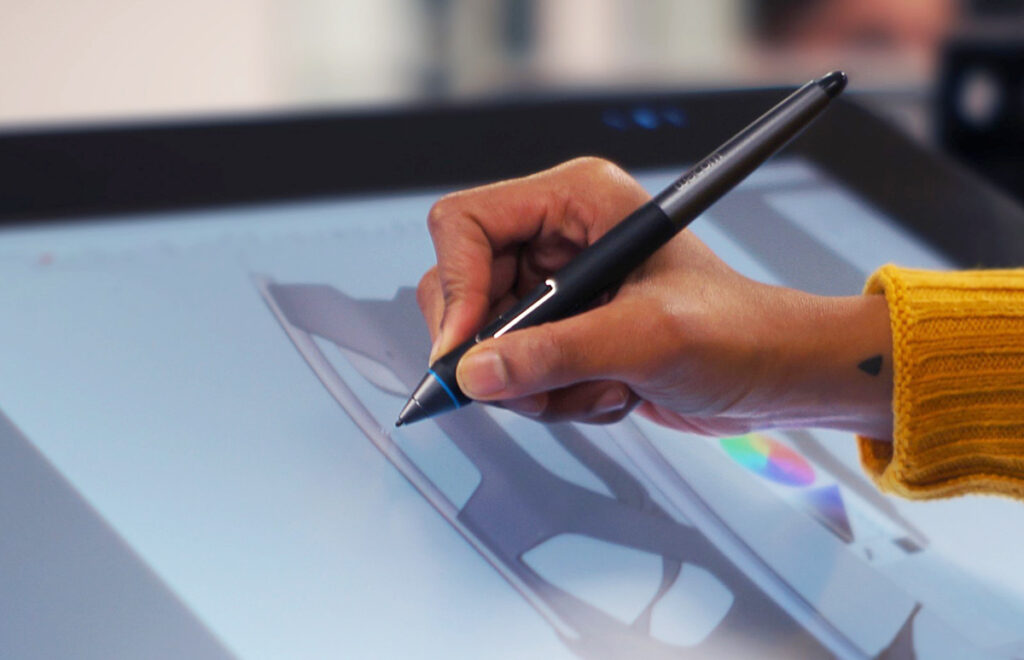Let's Work Together
Our team of experienced designers and engineers can help bring your vision to life.
Turning an idea into a viable product requires a strategic balance of speed, cost, and functionality. A Minimum Viable Product (MVP) is more than just the first version of a product; it’s a deliberate development approach that prioritizes core features and user feedback. By focusing on essential functionality, an MVP can help companies accelerate time to market and optimize resources.
Understanding MVP Fundamentals
Originally coined in the software industry, the MVP model follows an iterative process, launching quickly with just the core functionality to gather feedback and refine the product over time.
It’s important to distinguish an MVP from a prototype. Unlike a prototype used for testing specific concepts, an MVP is a functional product that has gone through the standard development lifecycle and is ready for real-world testing or even initial sales. As Jessica Sacks, Engineering Manager at Goddard Technologies, explains, a prototype may cover only a subset of a system. In contrast, an MVP is a functional product ready to be tested by users and further refined based on insights.
However, in some industries, an MVP is considered a full-fledged product from the start, built with rigorous development practices rather than an iterative refinement process. In medical device development, for example, an MVP can be the streamlined version, based on core product requirements and then undergo the standard development lifecycle without additional iterative adjustments.
Planning & Strategy: The MVP Approach
Developing an MVP requires balancing time, cost, and quality, focusing only on the most critical features. A common mistake in this process is chasing perfection. Many teams get stuck improving non-essential details, delaying launch unnecessarily. Sacks emphasizes that an MVP should be “good enough” to enter the market quickly, ensuring that development remains efficient and aligned with business goals. One of the biggest challenges in MVP development is feature creep, where unnecessary additions or requirements can slow progress and increase the number of design iterations without adding significant near-term value. As an example, Sacks warns that development of many custom components, while great for eventual product cost reduction, can cause missed timelines and result in reduced market share, hurting the business in the end. Additionally, feature bloat – such as unnecessary aesthetic elements that don’t enhance usability – can dilute an MVP’s original purpose.
To keep development on track, teams should define clear objectives upfront and regularly assess whether development is straying from them. Prioritizing these objectives can also help speed up the process. Using off-the-shelf components where possible can further reduce time to market and complexity. According to Sacks, leveraging established manufacturing techniques can significantly streamline development.
User feedback should be incorporated from the start, not just after an MVP is built. Engaging users early in the design process ensures that development is guided by actual needs rather than assumptions. Real-world insights from users provide valuable design inputs, helping teams refine their MVP efficiently.

Striking the Right Balance
Striking the right balance between too little and too much is critical. While feature creep can lead to delays and budget overruns, having too few features may cause the MVP to fall short of performance expectations. Every project has targets and budget constraints, but as Sacks points out, not all goals are realistic. Compromises often need to be made to keep the process moving forward.
To stay on track, teams should conduct regular design reviews and phase gates, ensuring that each step moves the MVP closer to completion. Sacks recommends continuously evaluating whether a task adds real value or simply increases time and cost.
Testing & Iteration
MVPs serve different purposes across industries. Some are saleable products from the outset, while others undergo further rigorous safety, quality, and usability testing before reaching the market.
Regardless of the approach, once developed, it’s critical to continue evaluating the product in the following ways:
According to Sacks, well-structured testing not only validates the MVP but also highlights areas for further targeted refinement when developing Gen 2 of a product.

Conclusion
An MVP is more than just a first version of a product: it’s a strategic tool for innovation, efficiency, and market validation. By focusing on core functionality, integrating early user feedback, and maintaining disciplined development, teams can accelerate time to market. With a thoughtful MVP approach, companies can transform ideas into impactful, market-ready solutions.
Why Partner with Goddard Technologies?
Bringing an MVP to market requires strategic execution and efficiency. With a multidisciplinary team of engineers and designers, Goddard Technologies helps streamline the product development process, transforming ideas into functional, testable, and market-ready solutions.
Our team of experienced designers and engineers can help bring your vision to life.